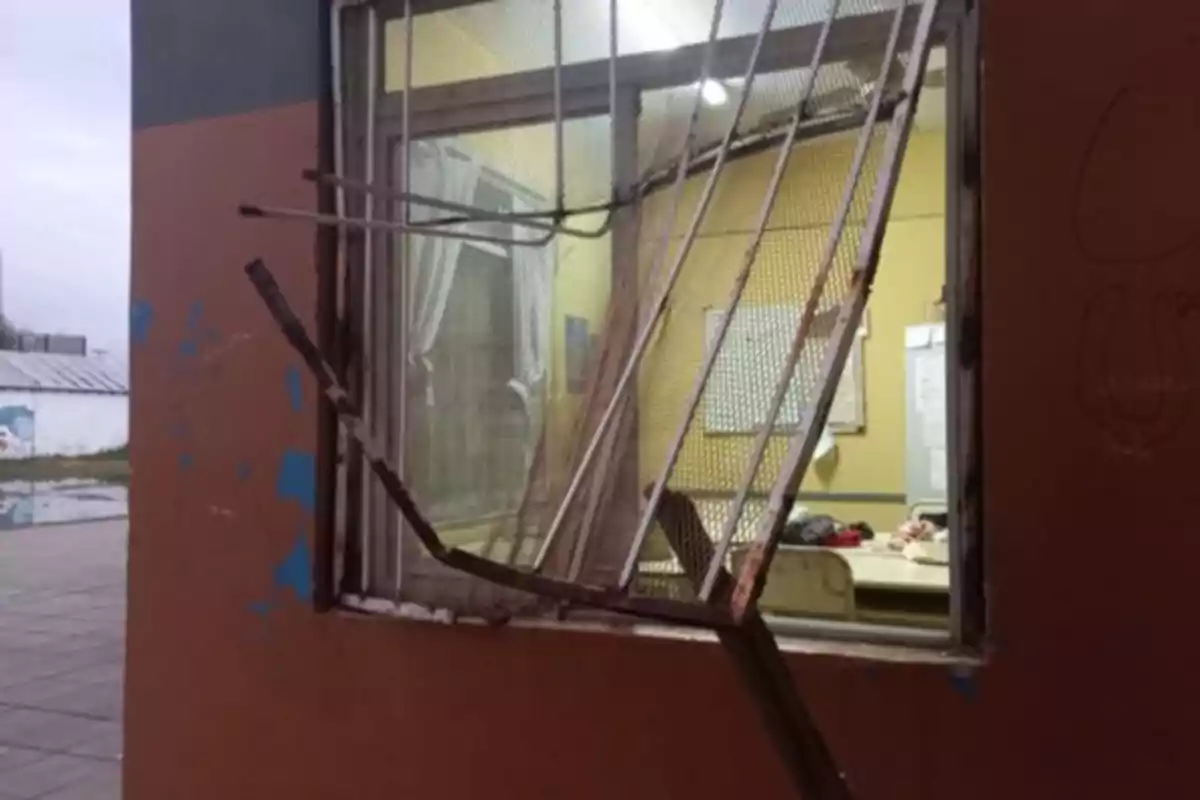
Kicillof will spend $11,000 million to make work easier for public employees
While complaints about school deterioration are increasing, Kicillof is further increasing provincial bureaucracy
Axel Kicillof recently authorized a tender for $10,911,511,380 aimed at implementing a new digital system for the Dirección General de Cultura y Educación (DGCyE), which will seek to facilitate and streamline the work of employees responsible for managing human resources, especially the payroll department.
The measure, promoted together with the head of the agency, Alberto Sileoni, is part of a strategy aimed at "a comprehensive and cross-cutting solution" to organize the internal processes of the educational state apparatus. The contract, which is expected to last one year, amounts to a monthly outlay of more than $909 million, that is, more than $30 million per day.
This level of spending, aimed exclusively at an administrative support area, once again highlights the growing expansion of state bureaucracy and the use of public funds in internal structures, while complaints about visible deficiencies in essential services such as education multiply.

The instrument in question doesn't address a shortcoming: there is already a province-wide system that manages tasks such as payroll, absences, leaves, certifications, and retirements of state personnel.
This is the Sistema Único Provincial de Administración de Personal (SiAPe), which operates in an integrated manner with the Sistema Único de Novedades y Agentes (SUNA). Both tools have allowed, for years, the digital centralization of personnel movements, and are linked to other official platforms for data management and procedures in the area.
Far from opting to update or modernize these already operational tools—something that, according to specialists, could be done with less investment and without duplicating functions—, the Buenos Aires executive branch decided to develop a new system from scratch, aimed exclusively at "facilitating the work" of human resources employees.
In practice, this prioritizes spending of almost $11 billion on strengthening the administrative dimension of the state structure, without any direct improvement in the provision of educational services to students or teachers.
This budgetary choice comes in a critical context for Buenos Aires province, which faces deterioration in most of its infrastructure such as hospitals and provincial schools.

In May, School No. 42 in Merlo was forced to suspend classes after a flood severely damaged its infrastructure. That same month, in Quilmes, Secondary School No. 9 was also damaged by storms and suffered looting, which exposed the lack of security and maintenance of the buildings.
In June, parents of another school in the same district reported the collapse of part of the roof and exposed "deplorable" conditions: cracked walls, broken tiles, widespread dampness, sanitation problems, and lack of basic hygiene.
These are not isolated cases. These are representative episodes of a more widespread situation, which affects thousands of Buenos Aires students and reveals chronic neglect of school infrastructure.
According to official estimates, with the nearly $11 billion to be invested in the new bureaucratic management system, more than 100 large-scaleschool infrastructure projects—such as building expansions or new constructions—, about 600 minor improvements(such as electrical repairs, waterproofing, or sanitary refurbishments), or even the incorporation of educational technology through the purchase of thousands of tablets for students, could have been financed.
The sum represents 0.85%of the total educational budget for 2025 (not including salaries), and its allocation is not irrelevant: it expresses a particular political orientation. In this case, the emphasis is on facilitating the work of state administrative employees rather than on guaranteeing decent study conditions for students or working conditions for teachers.
More posts: